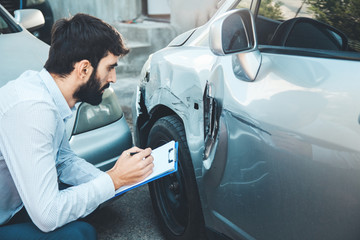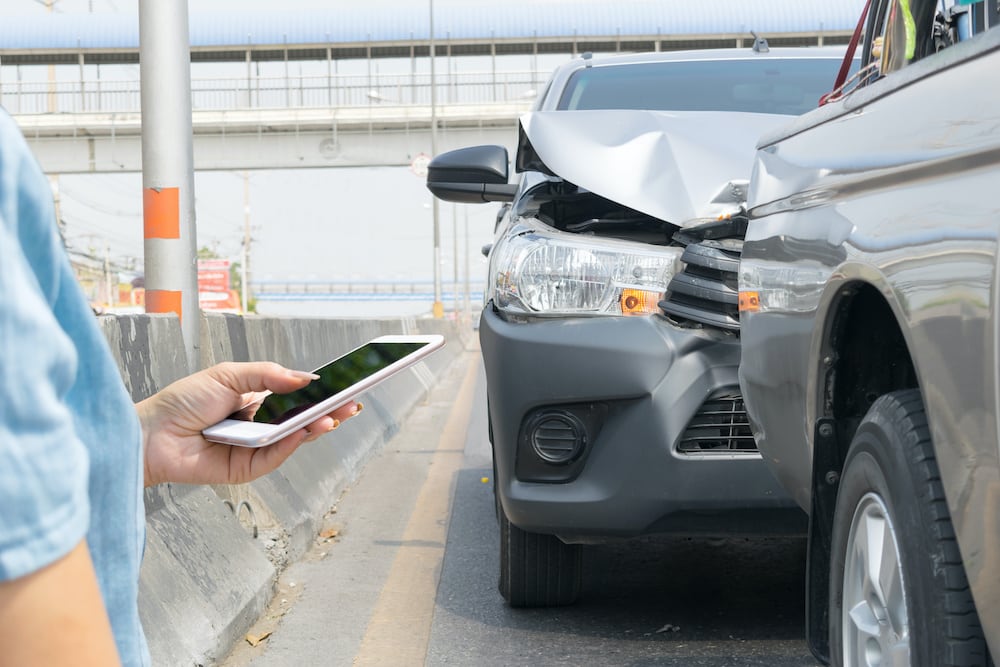
If your vehicle sustained damage during a car accident in New Jersey, you may be able to sue for compensation. New Jersey’s no-fault laws can complicate the process, but you could be entitled to damages. Continue reading for more information and work with a Monmouth County auto accident lawyer for skilled representation today.
What Are NJ’s No-Fault Laws?
New Jersey is a no-fault accident state, meaning that when an auto accident takes place, all parties involved must turn to their own insurance provider first to file a claim. All NJ drivers are required to carry Personal Injury Protection (PIP) coverage. Through this coverage, your insurance will pay for your medical expenses, lost wages, and other related expenses, regardless of who caused the accident.
Can I Sue for Vehicle Damage in NJ?
While PIP coverage is important and simplifies the process of recovering compensation for injury-related expenses, it does not cover vehicle damage. Collision coverage can provide reimbursement for vehicle damage after an accident, but it is an optional add-on, and many drivers do not opt into it.
If another driver caused your accident and left your vehicle damaged, you can file a property damage claim against the other driver’s insurance provider. Their liability coverage can pay for repairs or replacement, depending on the policy limits.
If you cannot collect compensation through the at-fault driver’s insurance, or if the cost of your vehicle damage exceeds their policy, you can sue the driver. You should secure the help of a skilled attorney to evaluate your situation and gather evidence to build a strong case. With enough evidence, you can establish the other driver’s liability and collect compensation for your property damage.
What is Comparative Negligence?
Anytime you are pursuing compensation after an accident in New Jersey, it is important to be aprised of the state’s comparative negligence laws. New Jersey operates under a modified comparative negligence system, recognizing the fact that more than one person can contribute to an accident.
Under these rules, each individual involved in an accident is evaluated to determine the degree of fault they hold. Each party will be assigned a portion of the blame based on the details of the situation. If you are more than 50% at fault, you become ineligible to recover any type of compensation. However, if you are 50% or less at fault, you can still recover damages, though they will be reduced by the amount you are found liable.
For example, suppose that you were speeding through an intersection when the other driver ran a red light and collided with your vehicle. Although the other driver caused the accident by failing to stop, your speeding likely exacerbated the damages and injuries sustained. You could be found 10% responsible, and the other driver 90%. If your damages were $10,000, you would only be able to recover $9,000.



